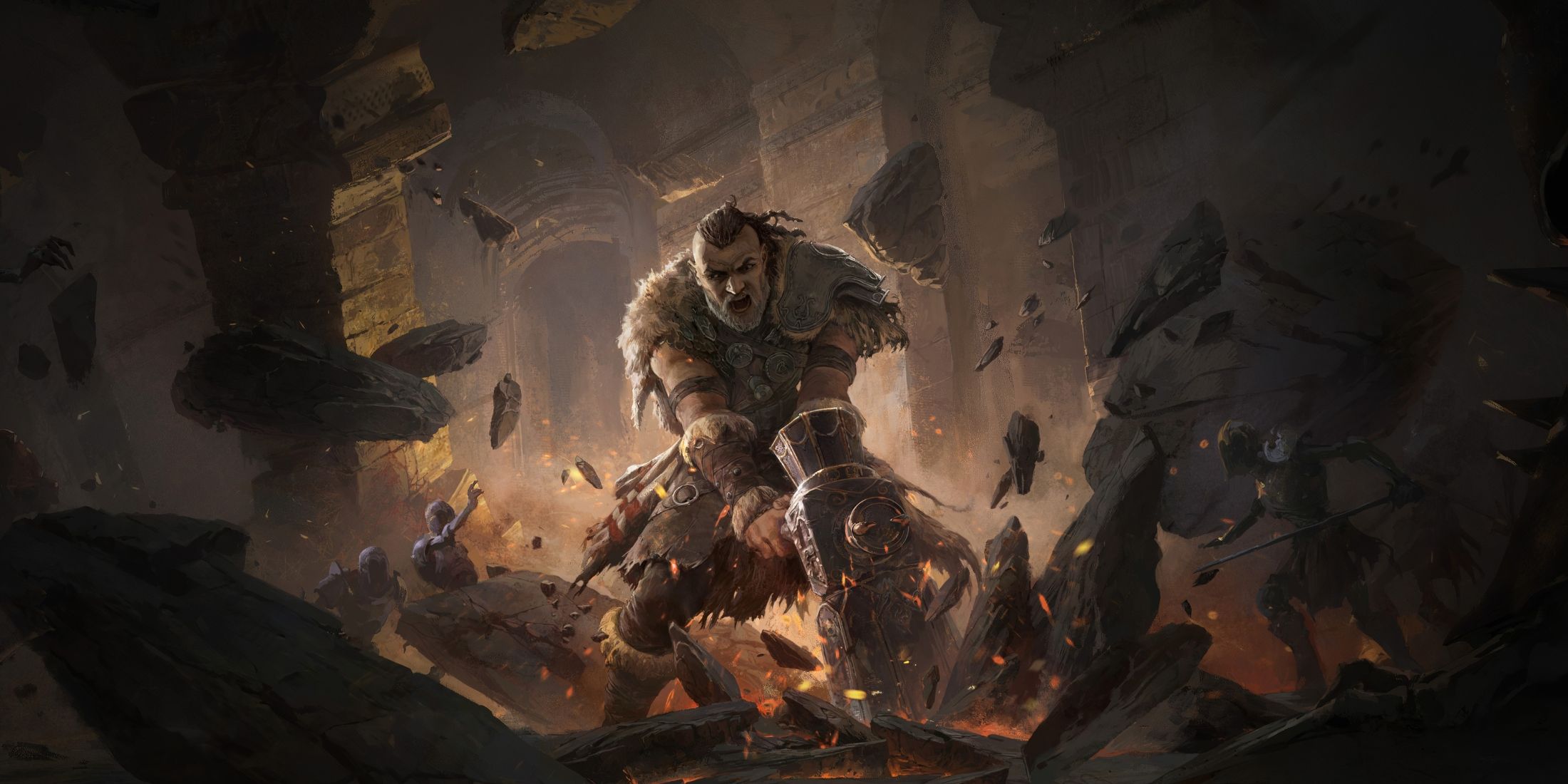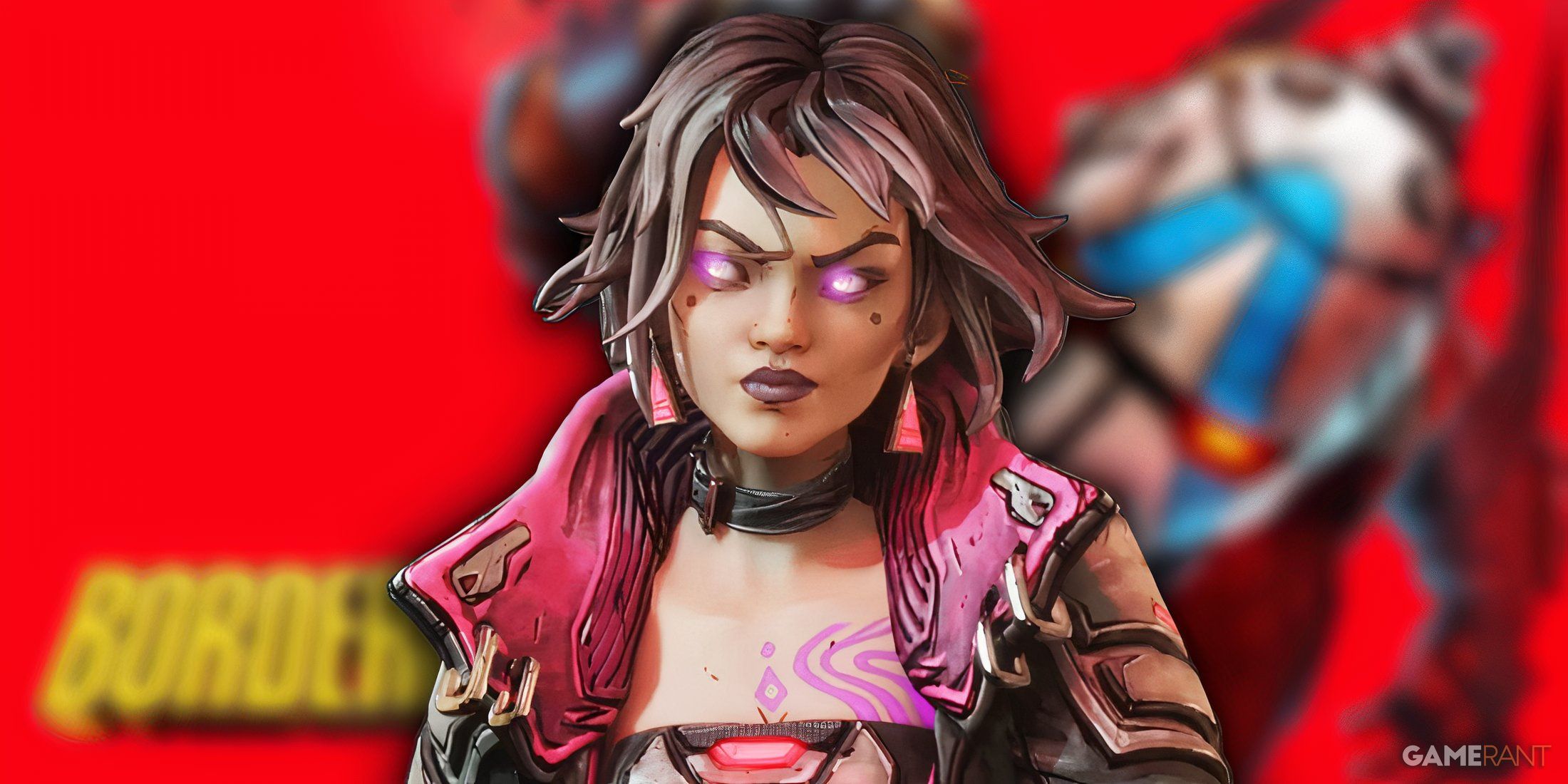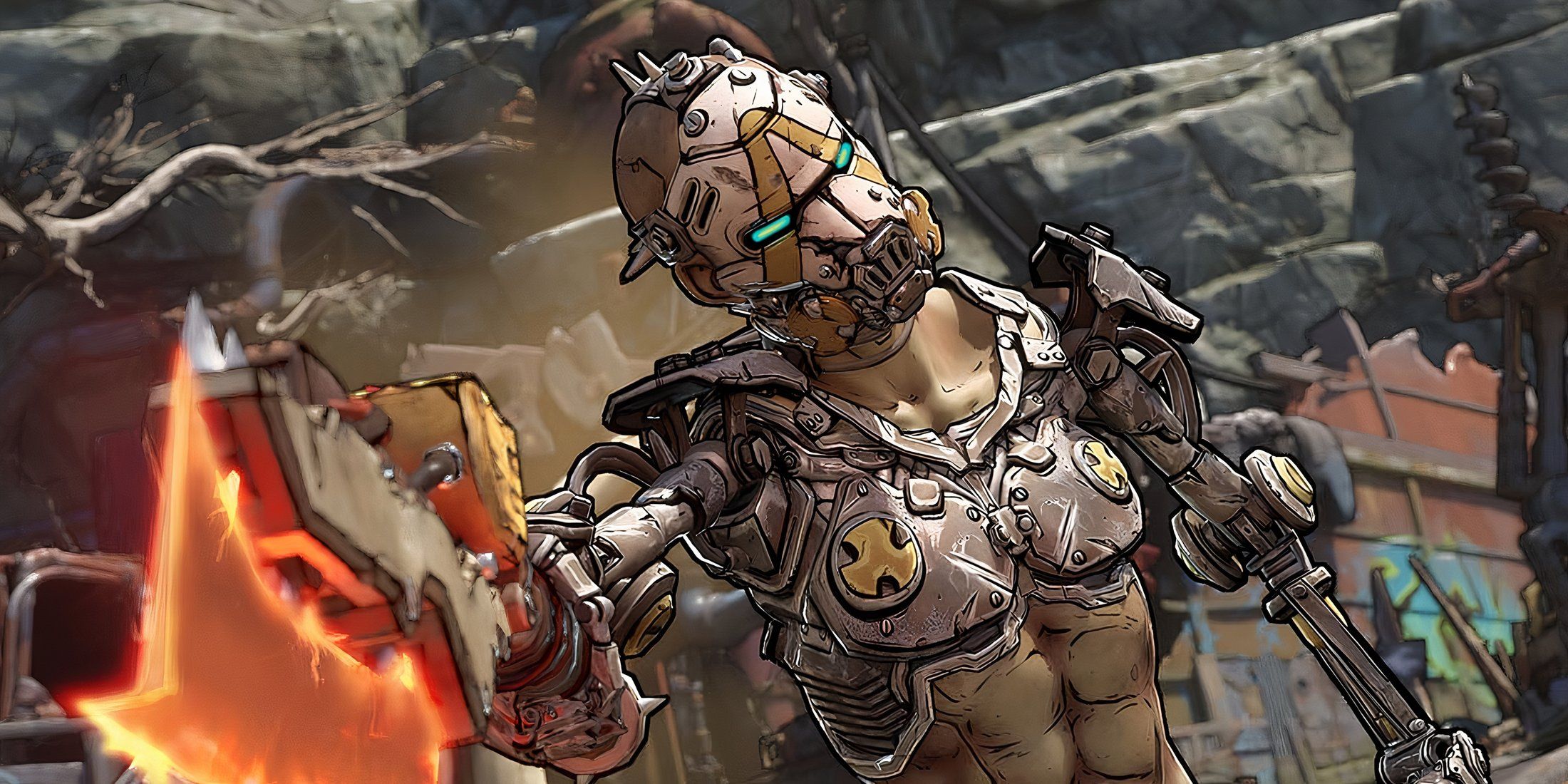
Love her or hate her, you can’t deny that Barbie has always been a game changer, and not just because she was the first doll with a waistline. In the mid-1990s, she changed games literally—computer games, that is.
Women played a pivotal role in the development of arcade and early console-based video games. In the PC gaming industry, on the other hand, they were outnumbered and outranked by men, who almost always balked at the prospect of games for girls. As time passed, though, more and more research confirmed that girls were playing computer games, such as Myst and The Oregon Trail; they simply lacked games expressly created for them. Translation: There was an untapped market.
And so, in October 1996, Mattel Media released Barbie Fashion Designer on CD-ROM. Its basic concept was pretty straightforward: Players could design Barbie clothes and then print out the clothes on special paper for their dolls to wear. Barbie wasn’t the first PC game marketed to girls. It was, however, the first so-called “girl game” successful enough—reportedly outselling some of the year’s most popular games within two months—to convince competing companies they should develop games for girls as well. Sidewalk Studios released The Baby-Sitters Club Friendship Kit in 1996. The Learning Company released The American Girls Premiere in 1997. And Her Interactive developed a series of mystery-adventure games based on the Nancy Drew books, the first released in 1998.
Barbie Fashion Designer “really changed the conversation,” says Yasmin B. Kafai, a University of Pennsylvania professor who’s studied girls and gaming for decades. Before Barbie, “very few games thought about the play space for girls.”
Many girl games took their cues from Barbie more overtly, centering on stereotypically girly themes. Their likewise determinedly femme packaging earned them the tongue-in-cheek epithet “pink software” and a reception nowhere near as rosy. Because these games played up to traditional notions of what girls should care about, they appeared to reinforce girls’ existing beliefs regarding appropriate behaviors and sensibilities for their gender.
Ever since the idea of designing games for girls first started gaining traction, the prevailing wisdom had been that most girls were averse to games like Doom and Quake. Thus, it seemed that girl games would need to be fundamentally different from the first-person shooters that had dominated the shelves for so long. But in terms of the type of content their hypothetical consumers did prefer, women (and a few enlightened men) hoping to carve out a niche for girls in PC gaming had very different thoughts from the old boys’ club. Whereas the latter continued to operate under the assumption that girls gravitated toward makeup and gossip, the former determined that girls craved computer games with two elements: relatability and resolution.













